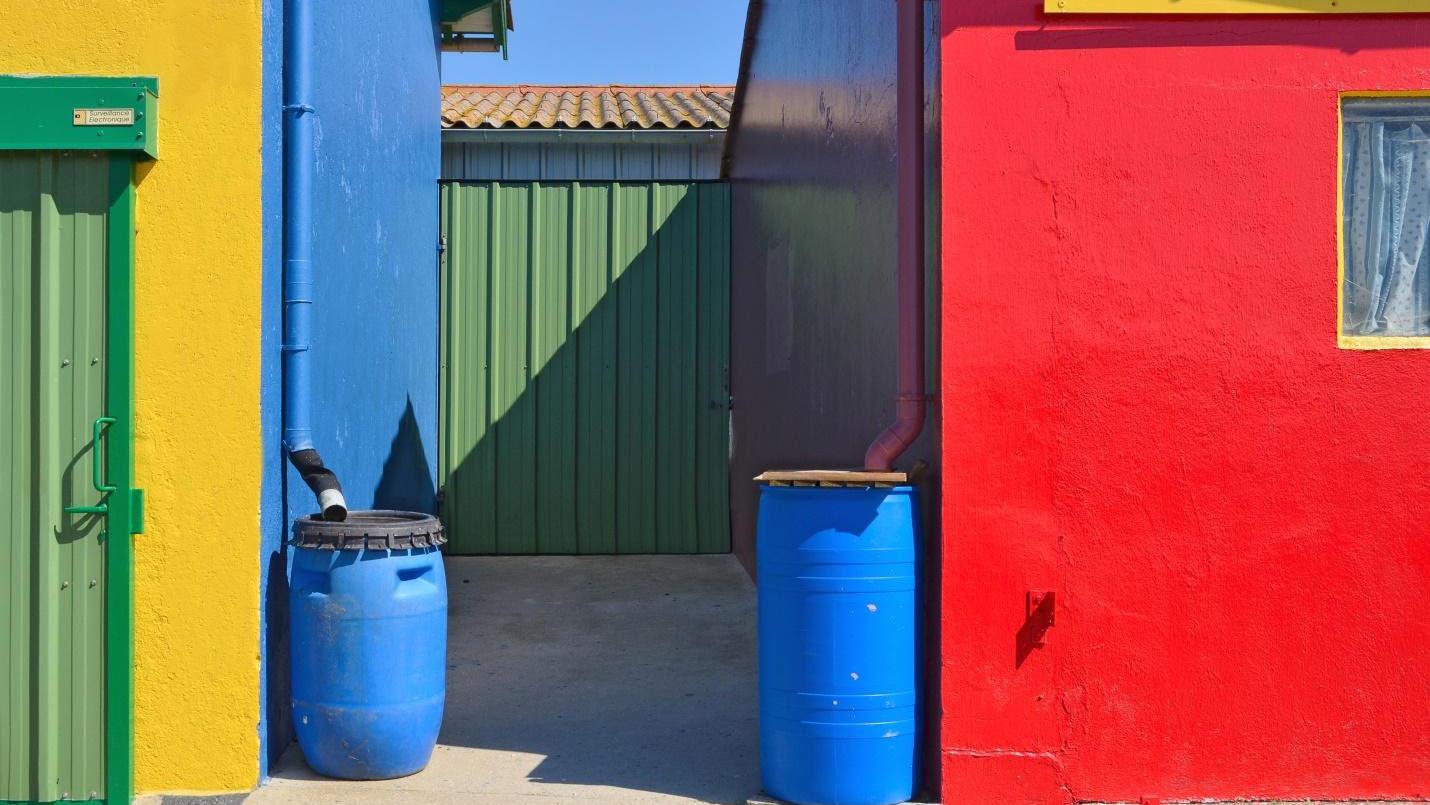Harvest Rainwater

Harvested rainwater is rainwater that is captured from the roofs of buildings on a residential property. Highest quality rainwater runoff comes from clean roof materials such as metal, slate, or tile. By harvesting rainwater in the land or in cisterns you will decrease erosion, reduce flooding, minimize water pollution, and prevent mosquito breeding.
Simple steps of rain harvesting:
Observe your property. Are there green areas where moisture naturally collects? Are there bare spots in other places? Is there running water?
Start at the high point of your property and work your way down. Consider runoff. When more rain falls than can be absorbed into the soil, water pools form. Create "nets" across your landscape to direct this water into the soil by spreading and sinking its flow.
Make water stroll, not run through your landscape. Always plan for overflow and treat it as a resource. Building overflow spillways that are stabilized with packed rock or well-rooted vegetation will hold up to large flows. Overflow from tanks or cisterns should be directed away from the tank’s foundation.
Maximize living and organic groundcovers. Bare soil is prone to compaction and reduces the ability for water to infiltrate below the surface. Just by covering soil with something like mulch or even better yet, natural vegetation that is best adapted to local rainfall patterns, will increase infiltration.
Make a site plan from your observations. This will help you make use of your site’s resources and challenges.
